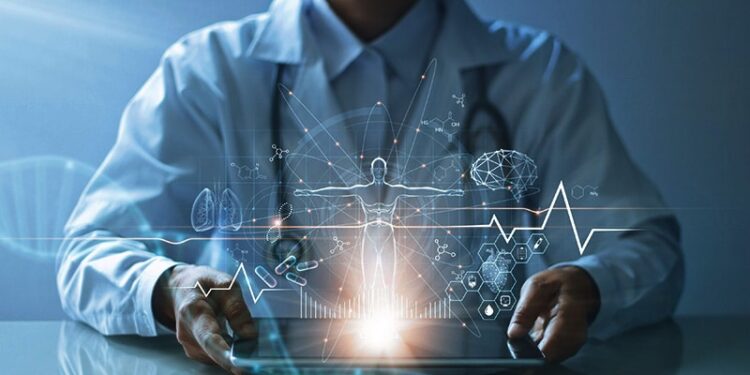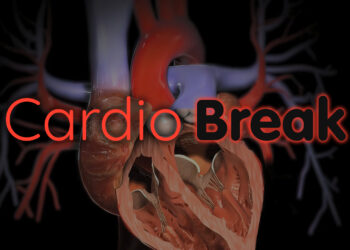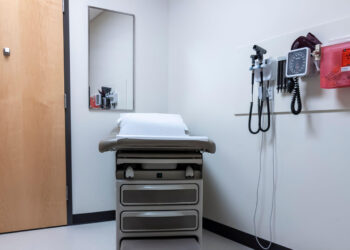Digital twins are rapidly emerging as powerful tools in personalized medicine and beyond. In healthcare, they serve as virtual representations of a patient’s body, body parts, specific organs, and systems, such as the circulatory and nervous systems.
Functional modeling of the state and behavior of the body or its components has the potential to provide information for clinical and research applications. The goal is to simulate how an organ, system, or even the entire body responds to stimuli and circumstances of clinical relevance to the patient, thereby deriving useful conclusions.
These models may be descriptive, predictive, prescriptive, or even generative, capable of filling in missing or unavailable data. A central challenge is accurately replicating the physicochemical, physiological, anatomical, and, when needed, psychological attributes relevant to each specific use case.
Building clinically useful digital twins depends on integrating diverse data sources, which is a technically complex task. However, when successful, it enables a dynamic “dialogue” with the model to evaluate its current state, forecast evolution, and simulate responses to interventions such as therapies.
It is important to emphasize that digital twin simulations are tailored to individual patients — they do not represent a generic or archetypal patient but instead aim to create a personalized model for a specific individual. One example is a project led by the Spanish National Cancer Research Centre (CNIO), which is developing digital twins of women with advanced cancer using artificial intelligence. This initiative, titled “High-Definition Oncology in Women’s Cancer,” is part of the Precision Medicine Infrastructure Associated With Science and Technology program.
These digital twins consist of multiple layers of information integrated into a single model that reflects reality for a specific application.
In the aforementioned project, a wide range of data were incorporated into the digital twin models, spanning tumor metabolism, gene and protein expression, physiological indicators such as circadian rhythms, heart rate, and physical activity, emotional well-being, and conventional clinical data from diagnostics to treatment protocols.
Adding more “layers” of information enhances the model complexity and accuracy, enabling incremental improvements and expanded functionality.
A notable innovation in this case is the biological clock model developed by the CNIO, which estimates a patient’s biologic age. This can help assess whether biologic aging accelerates or slows during disease progression, providing insight into the effect of treatment. This may guide clinicians in adjusting treatment intensity or modifying therapeutic combinations according to the patient’s evolving biologic state.
The layers of information used and their integration are key aspects of each type of digital twin, ensuring that it is not only functional but also clinically relevant.
In many ways, digital twins serve as “maps,” both literal and figurative. In the most direct sense, they can guide the planning of physical interventions such as surgical procedures.
Broader Applications
In addition to simulating the effects of therapies, digital twins can model the natural progression of diseases and support long-term care planning. They may help anticipate the onset of certain conditions, particularly hereditary diseases, when risk factors are present but symptoms have yet to appear.
These models offer valuable tools for proactive risk prevention and management. In the context of prevention, the ability to present a stronger, data-driven case — even if derived from simulations — could help persuade patients and improve adherence to preventive care guidelines.
Integration With Medical Devices
From a certain perspective, digital twins resemble a technology-driven “crystal ball.” Once refined, these models could allow clinicians to explore alternative therapeutic scenarios and identify the most effective treatment strategies. This minimizes reliance on trial and error, enabling faster data-driven decisions in a controlled simulation environment, a kind of clinical sandbox.
A key area of synergy lies between the digital twins and medical devices. Wearable technologies, for instance, can supply real-time or periodic health data that dynamically update a patient’s digital twin.
Conversely, digital twins can enhance the medical device field by enabling the optimization of device configurations or implant placements. Their integration into the body and potential physiological effects can be modeled and simulated in advance, allowing for more precise and personalized interventions.
These models also help to synthesize and manage large volumes of complex data. By serving as intelligent filters, they reduce the cognitive load on clinicians, offering clear visualizations and simulations that support more confident decision-making, especially in complex or uncertain clinical situations.
Applications and Regulatory Considerations
Digital twins hold promise across a wide range of medical applications, from early diagnosis, prognosis, and personalized therapy selection to treatment monitoring and relapse prevention. In fields such as neurology, cardiology, and oncology, these models have already shown potential.
Digital twins have already been applied in neurology, cardiology, and oncology. Focusing on Spain-based developments, two recent advances featured by Univadis Spain, a Medscape Network platform, stand out: One involves using digital twins for research on the human brain to uncover mechanisms linked to psychosis remission, and the other demonstrates the use of digital twin improvements in the diagnosis of premature ventricular contractions.
While the field is evolving rapidly, it remains in its early stages. Although technical hurdles and regulatory complexities are expected, the long-term potential is significant. Digital twins could enable faster and safer evaluations of multiple treatment paths and support virtual experimentation in a risk-free environment.
One major challenge is clinical validation. Digital twins must be tested with real-world longitudinal data and demonstrate that their predictions provide added value compared to current clinical guidelines. Equally crucial is the development of interoperable, cross-border data infrastructure that enables scalable, coordinated adoption across healthcare systems worldwide.
A final and crucial aspect to consider is data privacy, ownership, and ethical use of digital twins. Beyond the data itself, fundamental questions arise about digital twin models: Who owns a person’s digital twin? Should these models be transferable, and if so, under what conditions? Informed consent is central to addressing these issues and ensuring the responsible use of digital twin technologies in clinical practice.
The use of digital twins in clinical trials is already being explored, and their potential extends further to medical training and patient education, particularly in explaining therapeutic options. As technology evolves, the range of future applications continues to expand.
This story was translated from Univadis Spanish.
Source link : https://www.medscape.com/viewarticle/digital-twins-medicines-new-crystal-ball-2025a1000hs1?src=rss
Author :
Publish date : 2025-07-04 02:53:00
Copyright for syndicated content belongs to the linked Source.














